
Built using insights from a range of customers who have built or considered building themselves, this is the definitive guide for compliance officers on whether to build or buy.

Built using insights from a range of customers who have built or considered building themselves, this is the definitive guide for compliance officers on whether to build or buy.
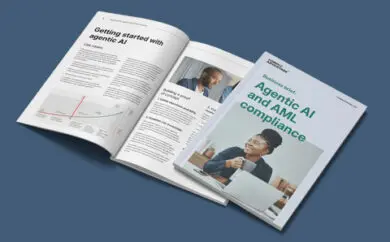
This guide explains:
What agentic AI is, and how it can be used in AML compliance.
The state of agentic AI regulation.
How to get started with agentic AI.
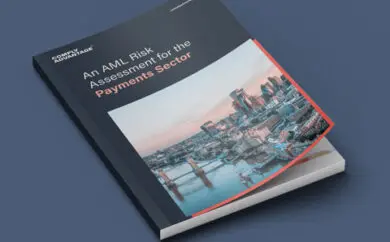
This guide, produced by experts at ComplyAdvantage based on their extensive work with global payments companies, is a practical guide to the key financial crime risks firms in this sector face. It is designed to help payments companies understand and prioritize the risks they face so they can mitigate them more effectively.
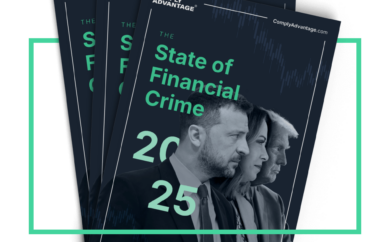
Download our fifth annual state of the industry report, built around a global survey of 600 senior financial crime decision-makers.

Read A Guide to the Essentials of Anti-Money Laundering to discover actionable insights, designed to help businesses turn compliance into a competitive advantage.
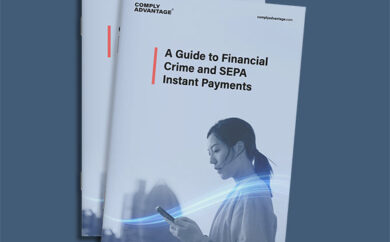
SEPA Instant requires payment service providers to screen at scale regularly and on an ad-hoc basis. Download our guide to prepare your firm.
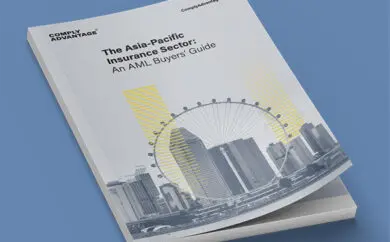
In a year with 40+ national elections and a volatile geopolitical outlook, there is an intense focus on the challenge of corruption. How should compliance teams respond?
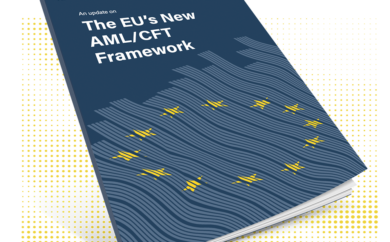
Following a review of its AML/CFT framework, the European Union is preparing to introduce a suite of new regulations that will have significant implications for firms operating in, or doing business with, EU countries.

From managing PEPs to regulating AI, the State of Financial Crime 2024 is packed with insights from our annual survey of 600 senior financial crime decision makers.
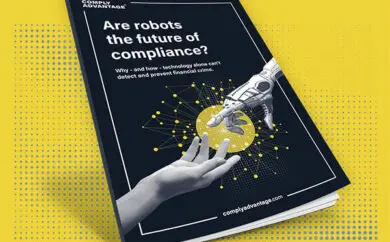
Read our guide to discover how organisations are planning to invest in technology in the future – and where they still rely on human expertise to improve their compliance programs.

Over the last decade, the rapid rise of new digitally-based insurtech firms has disrupted an industry long dominated by a select group of incumbent providers.
Ambiguity around insurtech’s anti-money laundering (AML) and fraud obligations – alongside inconsistent enforcement – has added further complexity.